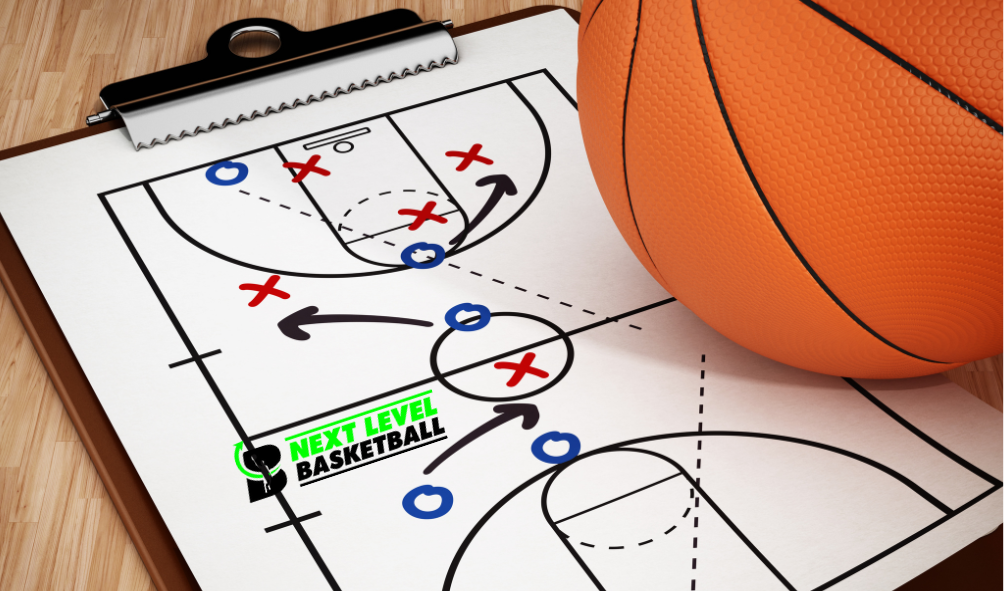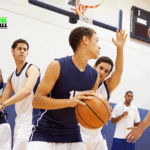Introduction To Basketball Positions
In the dynamic world of basketball, understanding the different positions on the court is crucial for players, coaches, and even fans. Each position comes with its own set of responsibilities, skills, and strategic importance, crafting the backbone of any successful team performance. At its core, basketball is a team sport where harmony and synergy among players are paramount. This is achieved when each player not only excels in their respective role but also comprehends how their role integrates into the team’s overall strategy.
Basketball positions are traditionally divided into five key roles: point guard, shooting guard, small forward, power forward, and center. These positions are not mere labels but encapsulate the essence of a player’s focus and function during a game. A point guard, often referred to as the “floor general,” is tasked with directing the team’s offense by controlling the ball and ensuring that it is passed to the right player at the right time.
The shooting guard, on the other hand, is primarily responsible for scoring and is often the team’s sharpshooter. Meanwhile, the small forward acts as a versatile player capable of performing a variety of tasks, from scoring to defending. The power forward and center, often referred to as the big men, focus on dominating the paint, securing rebounds, and defending the basket.
Understanding these roles creates a cohesive unit capable of executing strategies and achieving success on the court.
The Role Of The Point Guard
The role of the point guard in basketball is one of paramount importance, often compared to that of a quarterback in football. This player is typically responsible for managing the flow of the game, acting as the coach on the court. The point guard is tasked with bringing the ball up the court and initiating the team’s offensive plays. Their primary duty is to ensure that the team operates smoothly and effectively, setting up plays that capitalize on the strengths of their teammates.
This requires a high basketball IQ as they must read the defense and make split-second decisions to either distribute the ball to scorers or take a shot themselves.
Point guards are often the smallest players on the team, but they need to have strong ball-handling skills, speed, and agility to navigate through defenses and avoid turnovers. Their court vision is critical, allowing them to find and create opportunities for their teammates. Leadership is another key attribute of a successful point guard; they must communicate with players, motivate them, and maintain composure under pressure.
Additionally, a point guard should be defensively astute, often tasked with guarding the opposing team’s best perimeter player. Understanding their role not only helps in optimizing their own performance but also enhances the collective effort of the team, ensuring that strategic objectives are met efficiently.
Responsibilities Of The Shooting Guard
The shooting guard, often considered one of the most dynamic roles on a basketball team, carries a multifaceted set of responsibilities that are crucial to the team’s overall success. Primarily, the shooting guard is expected to be a prolific scorer, capable of creating their shot or executing a play with precision. This requires not only an exceptional shooting ability from mid-range and beyond the arc but also a keen understanding of shot selection to maximize offensive efficiency.
Additionally, the shooting guard must be adept at reading defenses and adjusting their approach, whether it’s breaking down a defender one-on-one or finding openings through off-ball movement.
Beyond scoring, the shooting guard is tasked with facilitating ball movement, often acting as a secondary playmaker. This involves making quick, intelligent decisions to pass to open teammates and maintain offensive flow. Defensive duties are equally important, as shooting guards frequently match up against opposing perimeter players. This requires agility, anticipation, and the ability to apply pressure and force turnovers. Moreover, the shooting guard must transition seamlessly between offense and defense, maintaining a high level of awareness and energy.
Leadership and communication also play an integral role, as the shooting guard must constantly coordinate with teammates, expressing tactical insights and motivational support to ensure team cohesion and morale.
Key Functions Of The Small Forward
The small forward position in basketball is often considered one of the most versatile roles on the court, combining the skills of both a guard and a forward. Players in this position are expected to be adept in several areas, acting as a bridge between the backcourt and frontcourt. One of the primary functions of a small forward is their scoring capability.
They are typically relied upon to produce points from various locations on the court, whether driving to the basket, executing mid-range shots, or landing three-pointers. Their offensive prowess needs to be complemented by strong ball-handling abilities, allowing them to navigate through defenses and create scoring opportunities not only for themselves but also for their teammates.
Defensively, small forwards must exhibit the agility and quick reflexes necessary to guard multiple positions effectively. They often face some of the opponent’s most skilled and high-scoring players, requiring them to have keen defensive instincts and the ability to contest shots and force turnovers. Rebounding is another critical aspect of their game; their size and physicality enable them to compete in securing both offensive and defensive boards.
In transition play, small forwards should initiate and capitalize on fast breaks due to their speed and court vision. Overall, the small forward’s combination of scoring, defense, and rebounding makes them indispensable in executing a team’s strategy and achieving victory.
Duties Of The Power Forward
In basketball, the power forward is a versatile position that bridges the gap between the interior and the perimeter, requiring a blend of physicality, skill, and tactical awareness. Known traditionally for their strength and ability to play under the basket, the power forward often takes on the role of an enforcer on the court. They need to be adept at rebounding, both offensively and defensively, using their size and strength to secure the ball and give their team additional scoring opportunities.
Beyond that, power forwards are expected to provide solid defense, often matched up against the opposing team’s most physically imposing players. This requires not only physical robustness but also a keen understanding of defensive schemes and the ability to execute timely blocks and steals.
Offensively, power forwards are typically tasked with scoring from close range, though the modern game has evolved to require them to stretch the floor with reliable mid-range and three-point shooting. This dual offensive role necessitates a high basketball IQ to make quick decisions in pick-and-roll situations and the ability to create mismatches by exploiting slower-footed defenders. Additionally, power forwards often serve as secondary playmakers, using their passing skills to distribute the ball effectively when the defense collapses on their drives toward the basket.
In essence, the power forward must be a jack-of-all-trades, fully cognizant of their role in maintaining team balance.
Importance Of The Center Position
In basketball, the center position is critical due to its strategic importance on both the offensive and defensive ends of the court. Generally, the tallest player on the team, the center is often relied upon for scoring close to the basket, securing rebounds, and providing a defensive anchor. On offense, the center’s ability to score in the paint can force opposing defenses to collapse, creating space for perimeter shooters and driving lanes for guards.
The presence of a dominant center can adjust the dynamics of a game, as their ability to effectively execute post moves, such as hook shots or drop steps, can consistently generate high-percentage scoring opportunities.
Defensively, the center plays a pivotal role in protecting the rim, deterring opponents from driving to the basket, and altering shots with their size and reach. A skilled center can dominate the paint, blocking shots and securing rebounds, thereby limiting second-chance opportunities for the opposing team. Moreover, a center’s capacity to effectively guard the basket mitigates the pressure on their teammates, allowing them to focus on perimeter defense.
Centers often act as the last line of defense and as a vocal presence, orchestrating defensive strategies and communicating with teammates to ensure proper positioning and coverage. Ultimately, the center’s multifaceted contributions underscore their importance, making them indispensable to a team’s success in basketball.
Learn the basics of basketball by enrolling in an effective and fun basketball program. Get in touch with Next Level Basketball. Call 954-621-8470 for their first youth basketball development session.





